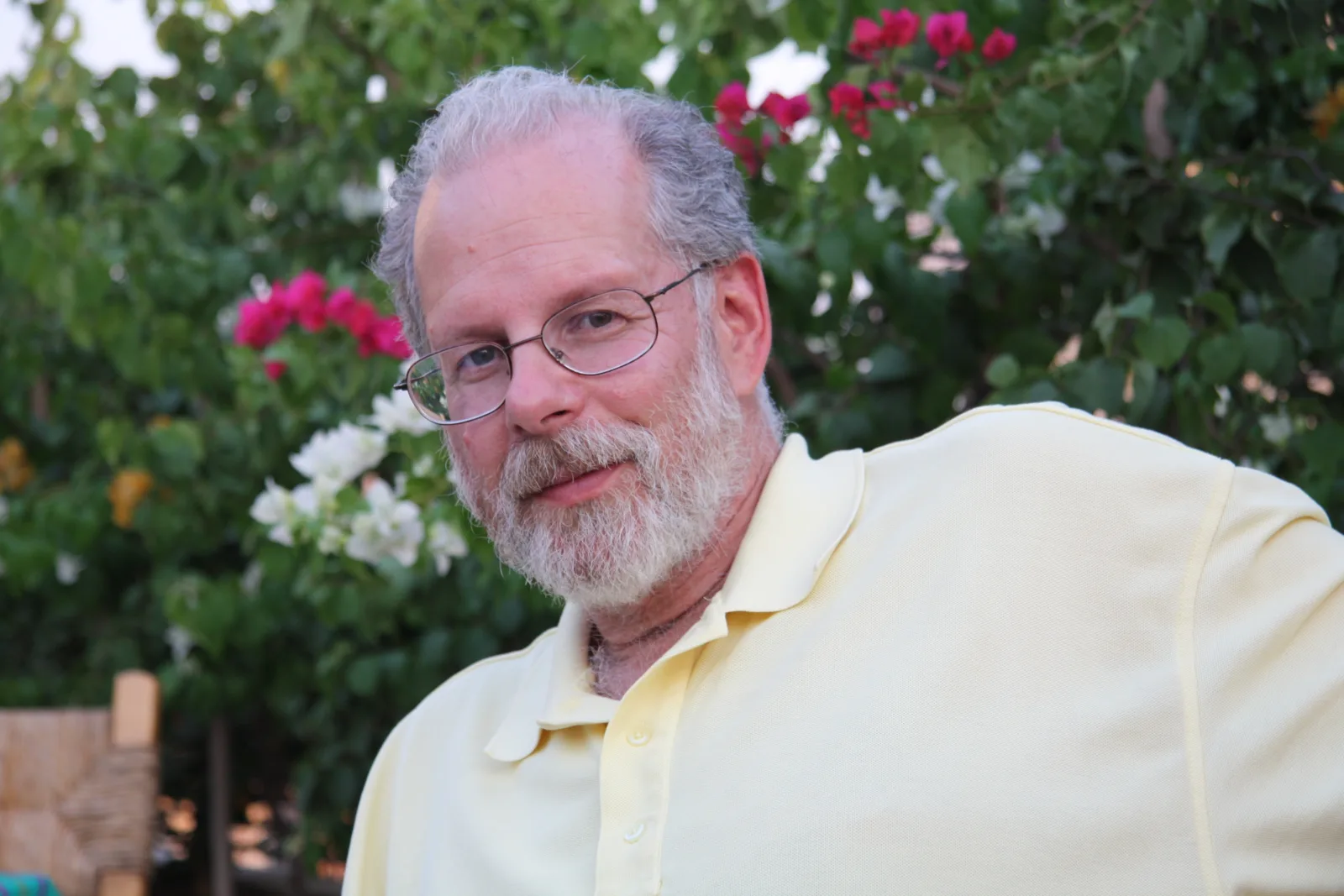Augsburg Romanitas: Peutinger, Burgkmair, and the Printing Press, Larry Silver
Konrad Peutinger (11465-1547), the learned city secretary, together with artist-designer Hans Burgkmair (1473-1531) and other associates helped to turn the prosperous imperial city of Augsburg into a center of Renaissance imagery. Augsburg history stemmed from a foundation by Emperor Augustus himself, and Peutinger's passionate antiquarian interest included a private collection of ancient texts, coins, and inscriptions as well as a medieval copy of a Roman road map. Peutinger supported Burgkmair early, with important commissions for published imagery, including illustrations for his own proposed history of Roman Emperors up to the present Holy Roman Emperor Maximilian I (r. 1493-1519). Peutinger also promoted Burkgmair for major book illustration projects that formed part of Maximilian's own personal campaign for his historical legacy (gedechtnus). Working together with the innovative Augsburg printer Erhard Ratdolt and the city's principal scribe, Leonhard Wagner, these locals produced innovative portrait prints with proper Roman majuscule lettering for Maximilian as well as leading civic patricians. Their collaboration launched a century-long emphasis on Augsburg's self-conscious revival of Roman antiquity, producing a truly Renaissance visual culture.
Local Artistic Topographies and Renaissance Augsburg as Laboratory of Art, Ashley West
In such an internationally-connected—even globally-connected—cultural and financial center as Augsburg in the early sixteenth century, what is the importance of the sense of place and locality generated by its citizens and artists, and what might we learn by drilling down to the street-level of activity and interaction taking place there? Central to this story is the painter and print designer, Hans Burgkmair, whose name appears in the Augsburg guild records in 1498 as master in the Painter, Glazier, and Sculptors’ Guild. In this paper I shall explore the living-working shared spaces of some of Augsburg’s key artist workshops, arguing that the close proximity of various named craftsmen working in different materials—paper, wood, stone, metal—brought about not only collaborations and creative synergy in multi-media works, but foremost artistic and technical innovations by Burgkmair during these years, especially in the sphere of printmaking. What’s at stake ultimately here is the illumination of a localized topographic view of key artistic sites and networks—personal and professional —and an expansive idea of what the technical, manual, and cognitive processes were for a master like Burgkmair.
